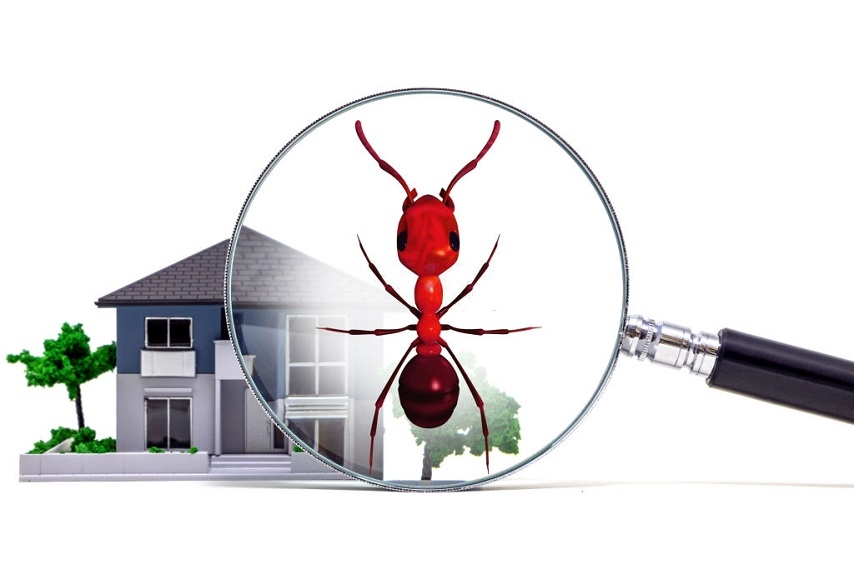If you want the best possible home, you might not initially want to focus on home renovations and new décor. In fact, you might need to make sure you don’t have everyday pests in the house. Ants are one of the common pests that people experience in their homes — even high-end homes may have ant problems from time to time. If you have ants in your house, consider these fixes and methods of completely avoiding ants in the first place.
Facts about ants
Before you get to work removing ants, it can be important that you learn a bit about ants. What types of ants are you experiencing? There are actually over 700 types of ants in the United States, which means it could be one of many different ant species.
Many of these types of ants are great at burrowing through the ground and getting through cracks in the concrete. That includes both pavement ants and fire ants, which are good at entering your home through any cracks, which may be in the pavement or in the foundation. With millions of ants per colony, this can be a longstanding problem.
Common ant hiding places
So, where are you most likely to find ants in your home? Here are the most common places for ants to hide.
- Kitchen: If you’ve ever had an invasion of ants, chances are it started in the kitchen. The kitchen is a great place for ants because it has a lot of food. Even if you didn’t mean to leave food out, ants can find the tiniest amounts of food and coalesce around your kitchen. It’s a great place for an ant infestation to begin.
- Bathroom: Ants don’t just need food; they need water as well. Although ants can usually find water in the kitchen, the bathroom is definitely one of the places where you’re most likely to find water. Whether it’s because of a leaky pipe, because of a splash from the bath, or because of water splashing when you wash your hands, ants can find it.
- Basement: Your basement is another great place for ants to congregate. Most commonly, they congregate here because you have cracks in your home’s foundation. This allows ants to come inside, where they can settle down and start infesting the rest of your home. The best way to avoid it is to make sure your foundation walls are impenetrable.
Steps to prevent ants from entering your home
Dampness or wet areas are the birthplaces of mold, and even a small amount of moisture can attract pests and make them feel at home. Unfortunately, pests like to congregate in some common places, including crawl spaces, basements, under the kitchen or sink. Not only pests but a wet crawl space can also negatively affect a building’s structural integrity. So homeowners should understand the causes and signs of a wet crawl space and take immediate actions to protect it.
After all this information, you’re probably looking for a way to make sure ants don’t enter your home. The good news is that there are actually a variety of steps you can take to avoid ant infestations. Consider these steps if you’re worried about ants:
- Caulk around AC and heating units
- Fix leaky pipes and faucets
- Seal food in airtight containers
- Wipe down kitchen counters after using them
- Don’t overwater indoor plants
- Empty your trash regularly to the garbage
- Stack firewood at least 20 feet away from your home
- Repair cracked pavement and foundations
As you can see, some of these steps are easier said than done. However, there are plenty of these steps that you can do on your own. Whether you’re sealing food in airtight containers yourself or you’re contacting a foundation repair expert to repair your cracked pavements, there’s something you can do to help avoid ants.
Conclusion
Clearly, it’s a good idea to tackle ant problems from the bottom. If you want to prevent your ant issues, you need to make sure you have a home that’s built to avoid ants, rather than just hoping that ants won’t come inside. From fixing leaky pipes to ensuring that you have a crack-free foundation, always keep that in mind.
